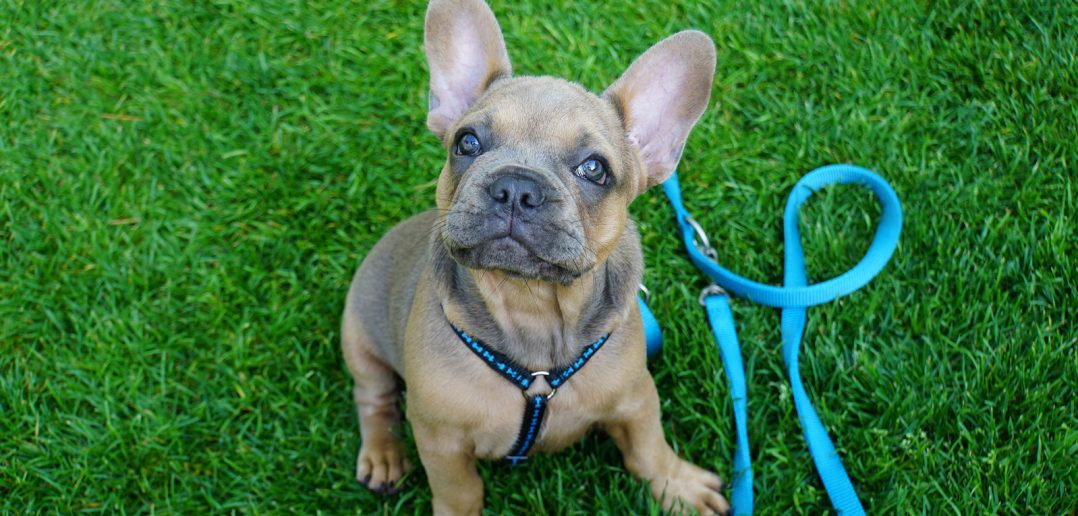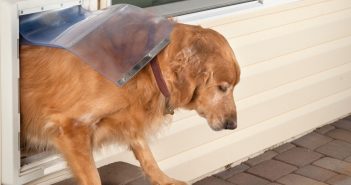A leash is an important part of you and your dog’s life. When you hold a leash, you’re not just restraining your pup in order to stay safe from dangers; it helps in establishing communication with your dog. Your energy passes through it and a dog can react to the signals they’re receiving. And not to mention you are abiding by leash laws and providing additional safety to your dogs, other animals, and people.
Since a leash is so crucial, you have to ensure that the leash you’ve chosen is the most appropriate for you and your dog. In this article, I’m going to talk about the different types of leashes available for dogs.
Different types of dog leashes
Leashes are the most important accessories after collars and harnesses. Although it’s not too difficult to find the perfect leash, you should at least go through and consider the basic types and what they offer. This way, you get to understand their functionalities and choose the one that best meets all your needs.
When you use a leash for the first time, it is possible that your dog takes a moment to get used to it. But over time, you will begin to realize how a leash helps in establishing a connection between the two of you. This requires patience and leash training.
Anyway, let’s take a look at the 5 basic types of leashes.
1. Slip leashes
These leashes are most basic type. It eliminates the need for a separate collar or harness. Both ends of the leash create a loop. One goes onto the neck of the dog and the other is for holding it.
Slip leashes tighten when a dog pulls. So, if your dog is yet to be obedience trained, you should be careful while using it as it can injure your dog’s neck. If you want to use it as your dog’s regular leash, you should leash train your dog well in your backyard first.
An escape artist doggo can loosen up the grip on their neck and escape, too. If you have such a dog (you should be proud of him, tho!), you may need to be extra careful while using a slip leash. In addition to that, you can use a collar to attach the slip leash. This way, even if he manages to escape, he will have a collar on for identification.
Most slip leashes come with a stopper that prevents the loop from getting bigger unintentionally.
2. Standard leashes
The structure of a standard leash is quite common; it has one end in a loop form which works as a handle. The other end of it has a hook to attach to a collar or a harness on a pet. Most standard leashes are made up of nylon material and are typically flat.
You will need a stronger leash if you have a big dog to avoid the failure of leash material under high stress. Leashes made from rope or leather material work better in that case. Standard leashes made out of rope are typically round.
Standard leashes are available in different lengths ranging from 4 feet to 8 feet. The standard length is 6 feet, but you can choose the length that you’re comfortable with.
3. Retractable leashes
These leashes have created the most controversies in recent years. As the name suggests, the lead can be pulled out and retracted back to increase or reduce the length of the leash on the fly. The leash has a plastic housing on the handle where the lead cord gets reeled into. The housing handle also tends to have a “lock” where you can set the length and lock it in place.
Retractable leashes have a plastic-nylon thin rope kind of lead structure. So if your dog decides to run after a squirrel all of a sudden, and the lock is not securely engaged, the leash will reel out quickly. If the you were to hold the leash directly instead of holding the plastic handle, it may cause deep cuts and burns.
If you and your dog are not trained for the retractable leash, the dog can get into an accident or create chaos. When the lock isn’t engaged, this leash allows your dog to walk farther from you according to its own will based on what’s happening around you. When the lock is kept engaged and your dog wanders closer to you, the “slack” must be taken back into the housing by unlocking the lock.
Some places and states have laws for using retractable leashes. However, it is not as bad as the reputation it’s gotten over the years. Honestly, it’s the person on the end of the retractable leash who’s ill-prepared and not paying attention that causes the problem.
There are a few considerations for using this leash. First, this leash is best for trained dogs who are quite good with recalls. Second, you might want to use a retractable leash to help train your dog to walk off-leash. You can also use it as an additional safety measure for “off-leash” walking in potentially dangerous areas.
All in all, if you use a retractable leash in the right way and understand what it offers completely, they can be a really handy way for you and your dog to enjoy nature with more freedom than a standard lease but more control than going off-leash.
4. Adjustable leashes
These leashes are standard leashes we discussed earlier in this article with more functionalities. Adjustable leashes facilitate variable sizes of loops on both ends. This way, you can tie the leash handle on your waist or with some object whenever you need.
However, the additional features of an adjustable leash are more useful for a trained dog. It also features variable lengths for different training purposes.
5. Leashes with special features
Some leashes are designed to meet the specific requirements of a pet parent. For example, if you know you want a leash that attaches to your waist to run together in the wild, you can get one that comes with a comfortable strap to tie around your waist.
Other special feature leashes come with elastic or a spring mechanism attached to the handle so that it can absorb the sudden shock when a dog pulls. Still others are made out entirely out of a bungee type of cord. There are many different options for the handle of leashes. Some have reflective tape or are made up of reflective material for night time walking. Some even come with a built-in waste bag holder and flashlight.
Hopefully you’ve become more familiar with what different options you have for dog leashes. Careful consideration during leash selection can definitely help you get the leash you need depending on you, your particular dog, and your lifestyle. All in all, choosing a leash is not a tough task, but it requires a little effort if you want to ensure it’s the best experience possible. This little big thing will bring happiness to you and the dog.
Bonus: DIY Leashes!
You can also try making different DIY leashes. Making a standard leash out of climbing rope is one of the easiest ones to make.




